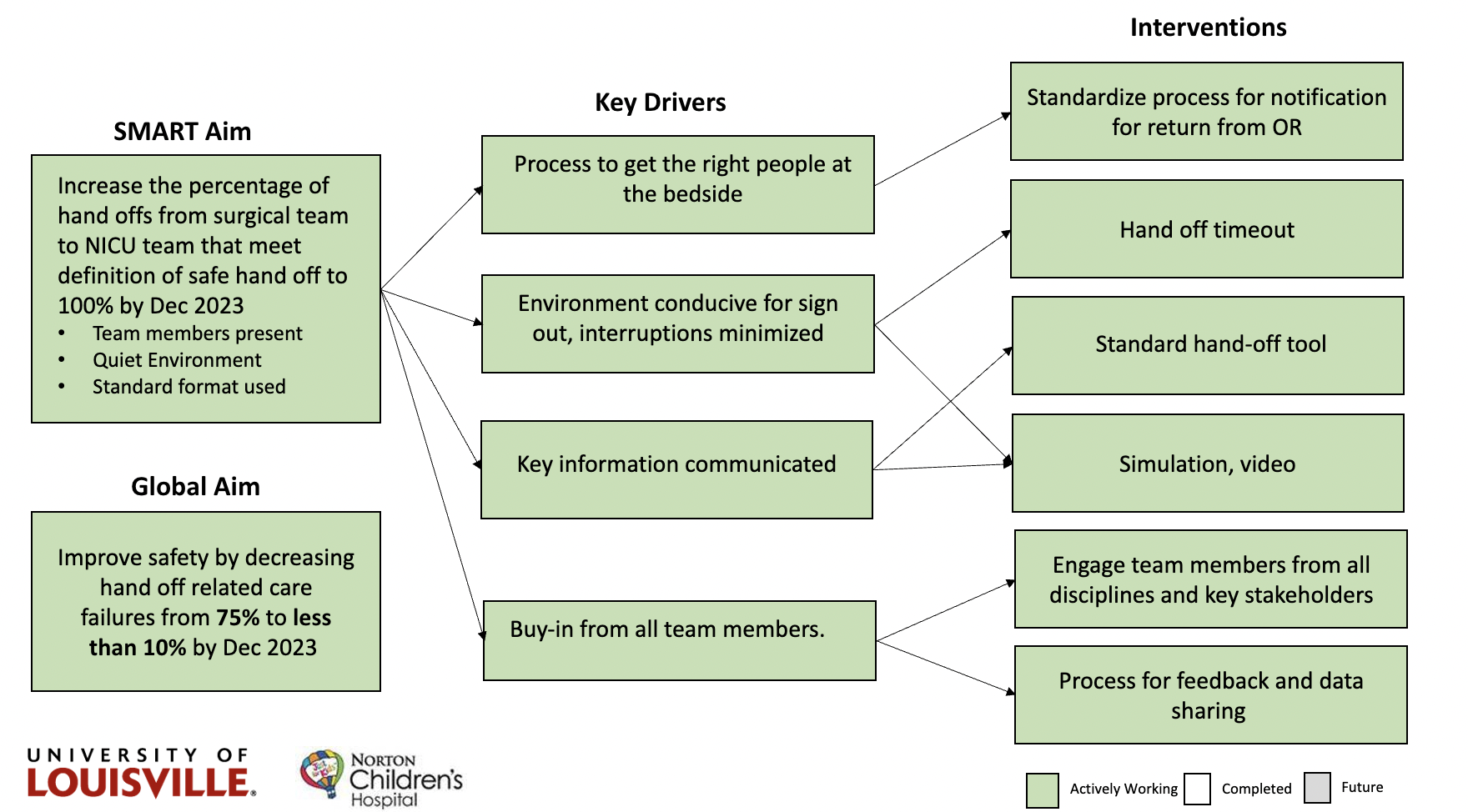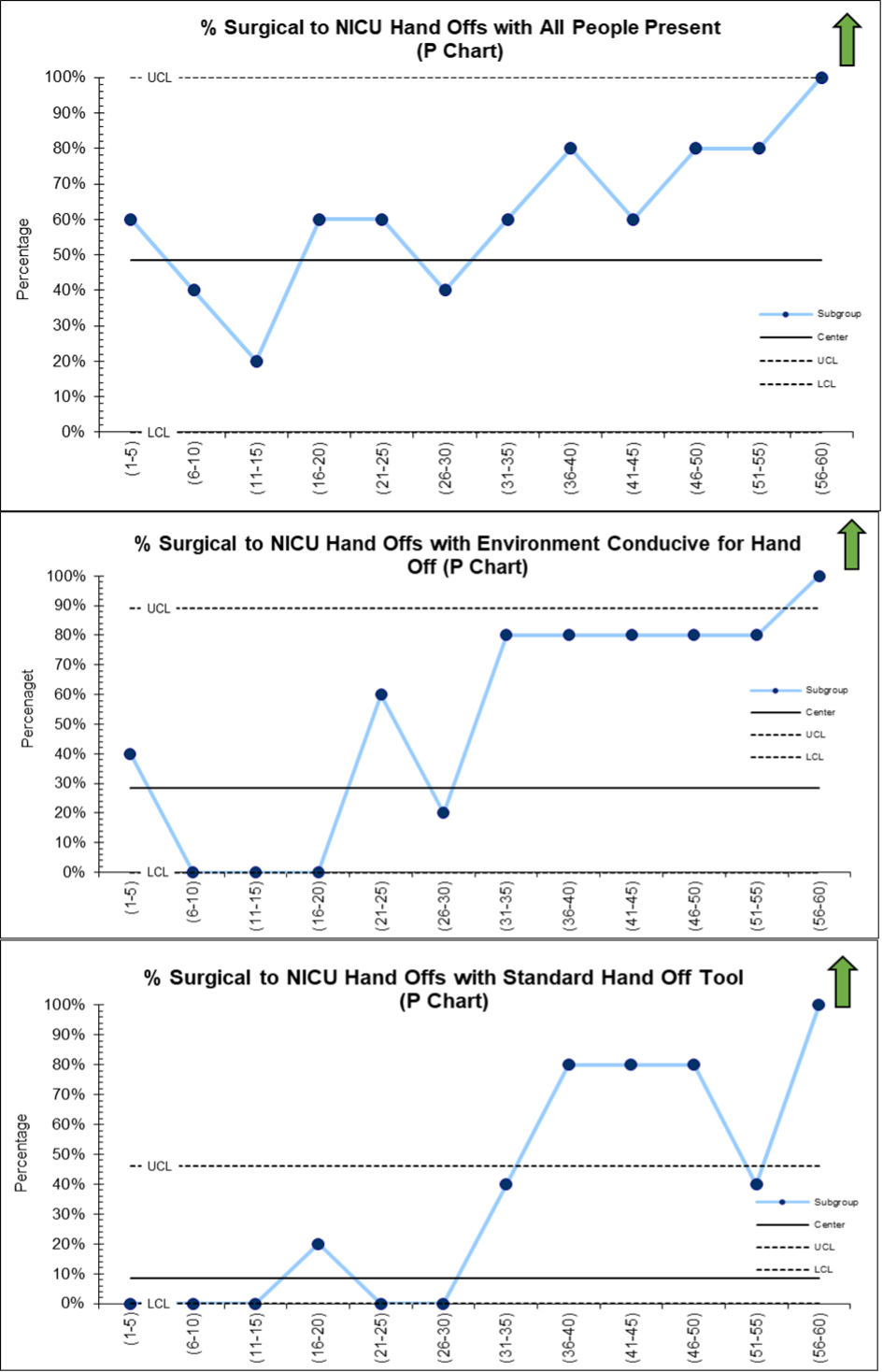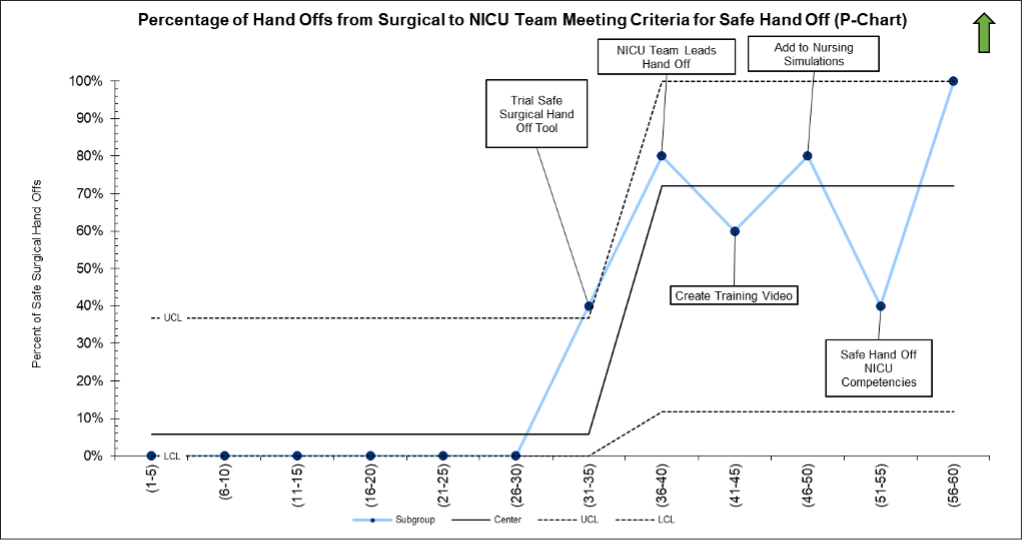Neonatology
Session: Neonatal Quality Improvement 1
379 - A Quality Improvement Project to Improve Safe Surgical Hand Offs in the NICU
Sunday, May 5, 2024
3:30 PM - 6:00 PM ET
Poster Number: 379
Publication Number: 379.1692
Publication Number: 379.1692

Julia S. Springate Spalding, MD (she/her/hers)
Neonatal Fellow
University of Louisville School of Medicine
Louisville, Kentucky, United States
Presenting Author(s)
Background: It has been estimated that miscommunication during patient handoff contributes to 80% of serious medical errors and lack of effective communication is involved with most avoidable adverse medical events. Post-operative hand offs in the NICU are high-risk transitions of care of medically complex patients between multiple care teams and disciplines. Communication related care failures contributed to post-surgical patient safety events in our NICU.
Objective: This quality improvement project aimed to decrease hand off related care failures in post-operative NICU patients from a baseline of 75% to < 10% and increase the percentage of hand offs meeting an operational definition of a safe hand off to > 80% by June 2024.
Design/Methods: This QI project was performed in a Level IV NICU from January 2023-June 2024 using The Model for Improvement. Our team defined a safe hand off as meeting the following criteria: all team members present, environment conducive to hand off and use of a standard communication tool. Data was collected through observation and evaluated using statistical process control. Process mapping and surveys were used to understand current state and failures. Key PDSA cycles included development and testing of a hand off tool, a hand off time out and team notification process. Implementation phase included a hand off simulation video and incorporation of hand-off training into nursing competencies. This University of Louisville IRB determined this project to be non-human subjects research.
Results: Hand off related care failures decreased from 75% to 6% in our population. Surgical hand offs meeting the operational definition increased from a mean of < 5% to 72% with all components being met in the last data point. Time to perform hand off was consistently under 5 minutes and feedback was positive.
Conclusion(s): Our Safe Surgical Hand Off team successfully changed the culture of communication around transitions of care and improved patient safety. Elements contributing to our success included promoting behavioral changes and a robust implementation plan. Our team's next steps include incorporating hand-off training into new hire onboarding and monitoring for sustainment.



